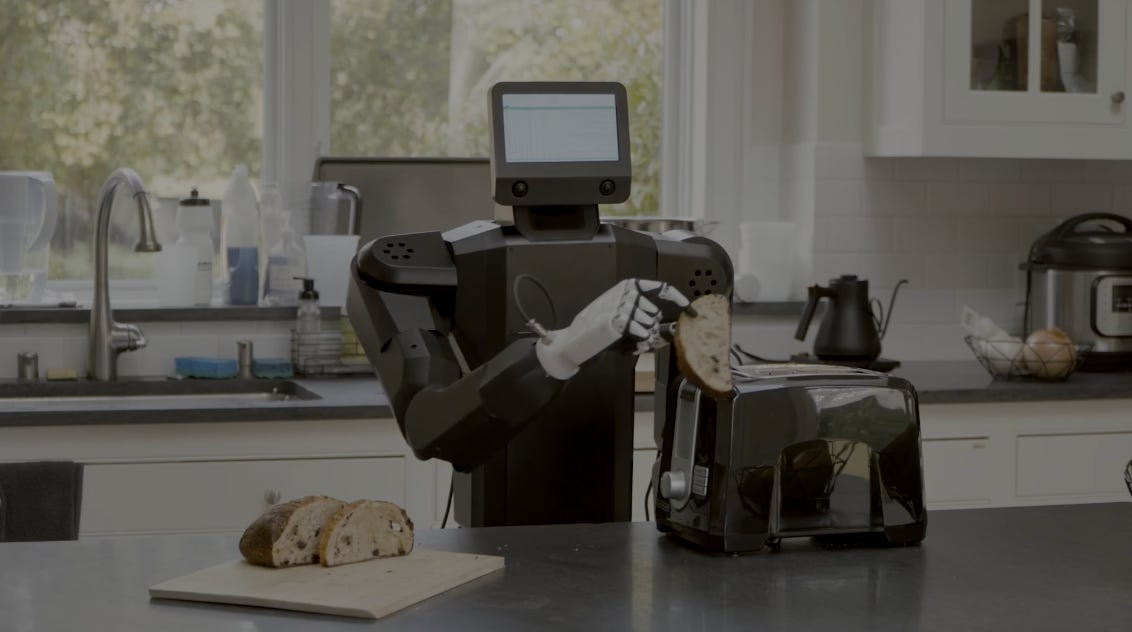And why Geoffrey Hinton — the godfather of AI — got it wrong…

The godfather of AI, Geoffrey Hinton, recently did an interview on Diary of a CEO—most of which was super insightful. Except for one thing: When asked what job would be safe from AI, he said: “Train to be a plumber.”
He was wrong.
That said, I was wrong too.
Last year, I said humanoid robots would cost around $10–20k by the end of the decade. But it’s already happened. In fact, I just bought one. It cost $17,999. (pictured above)
Once it arrives, I’ll take it with me everywhere. I’ll bring it on stage for keynotes to do live Q&A. I’ll train it to cook, do gardening, clean up… you name it.
Tom Macrokanis and I (my co-founder at Macro3D) plan to get it working on building sites doing trade work of all types by early 2026. I’m sure the unions will come after us. Which is fine—we’ll have that battle when it arrives. Or maybe our bot will?
I think it’s being missed because so many people in the Western world work in information jobs. They have a screen orientation. Their worldview shapes where they see both the risk and opportunity. Even Geoffrey Hinton suffers from this.
Trades and physical labour—for some unknown reason—seem to think physical task complexity will keep robots out of the game. They too are wrong.
- We’ve already taught AIs everything there is to know.
- They can understand and describe what they see.
- They can converse verbally with humans.
- And they can learn anything we decide to teach them.
We’ve built AI brains, AI eyes, AI voices, AI sensors (senses), and AI arms and legs.
Now, we’re just putting them inside human-shaped bots. And there’s a simple reason we need humanoid robots:
Because we’ve built a human-shaped world.
Personally, I can’t stop thinking about the upside. There are so many dirty and dangerous jobs we can get our bots to do for us. Within a decade, people will say things like: “I can’t believe people used to actually clean toilets.”
We’ll be thankful they can climb onto roofs and slide under houses to fix things too dangerous for any human.
And as for our skills?
- We’ll be teaching the robots to be just like us.
- Maybe even selling the skills we teach them – in some kind of Robo-Skill App Store.
“I’ve got the number one Robo-Skill for lawn mowing & trimming hedges. I made $12k last month.”
It’s coming fast. And the best thing we can do now—like in all revolutions—is get familiar.
Start thinking about how you’d work with humanoid robots… and how you’d deploy them in your life and your industry.
Steve